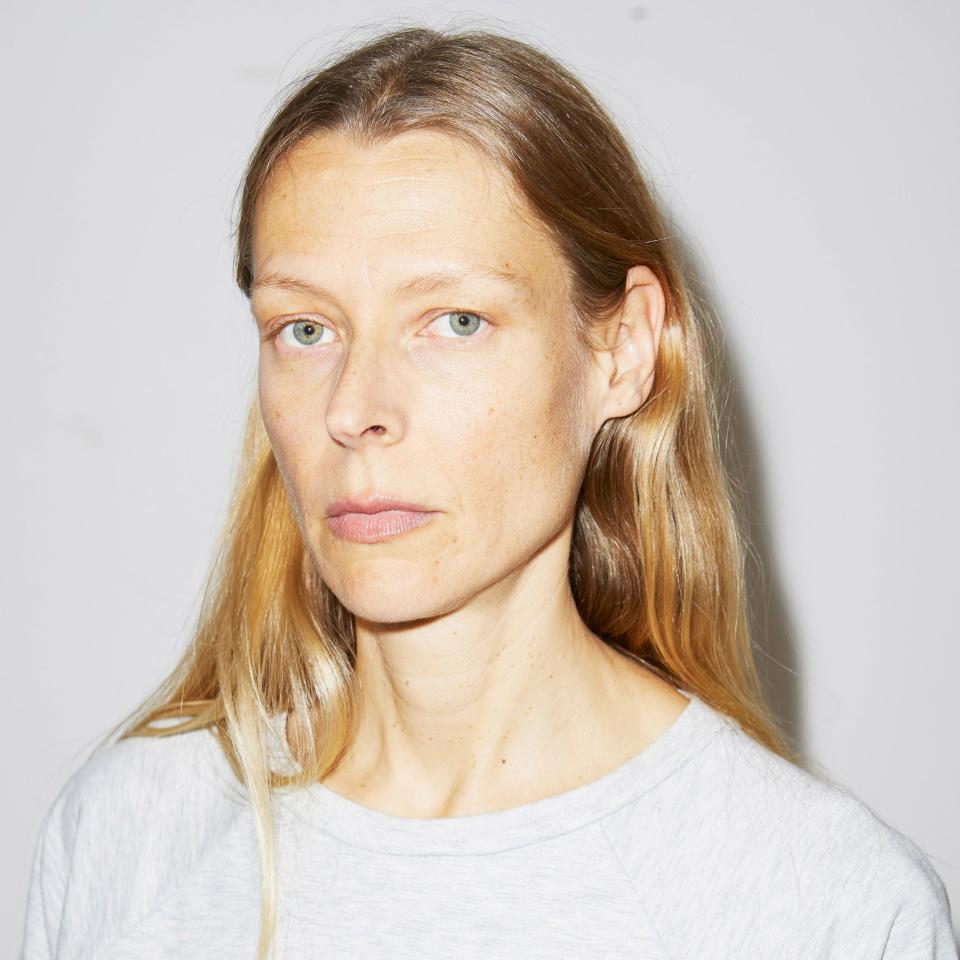Laura Morgan, the Artist and Cult Model, Is Back on Fashion’s Radar
Laura Morgan, the Artist and Cult Model, Is Back on Fashion’s Radar

Laura Morgan
Photo: Chris Shonting / Courtesy of 6397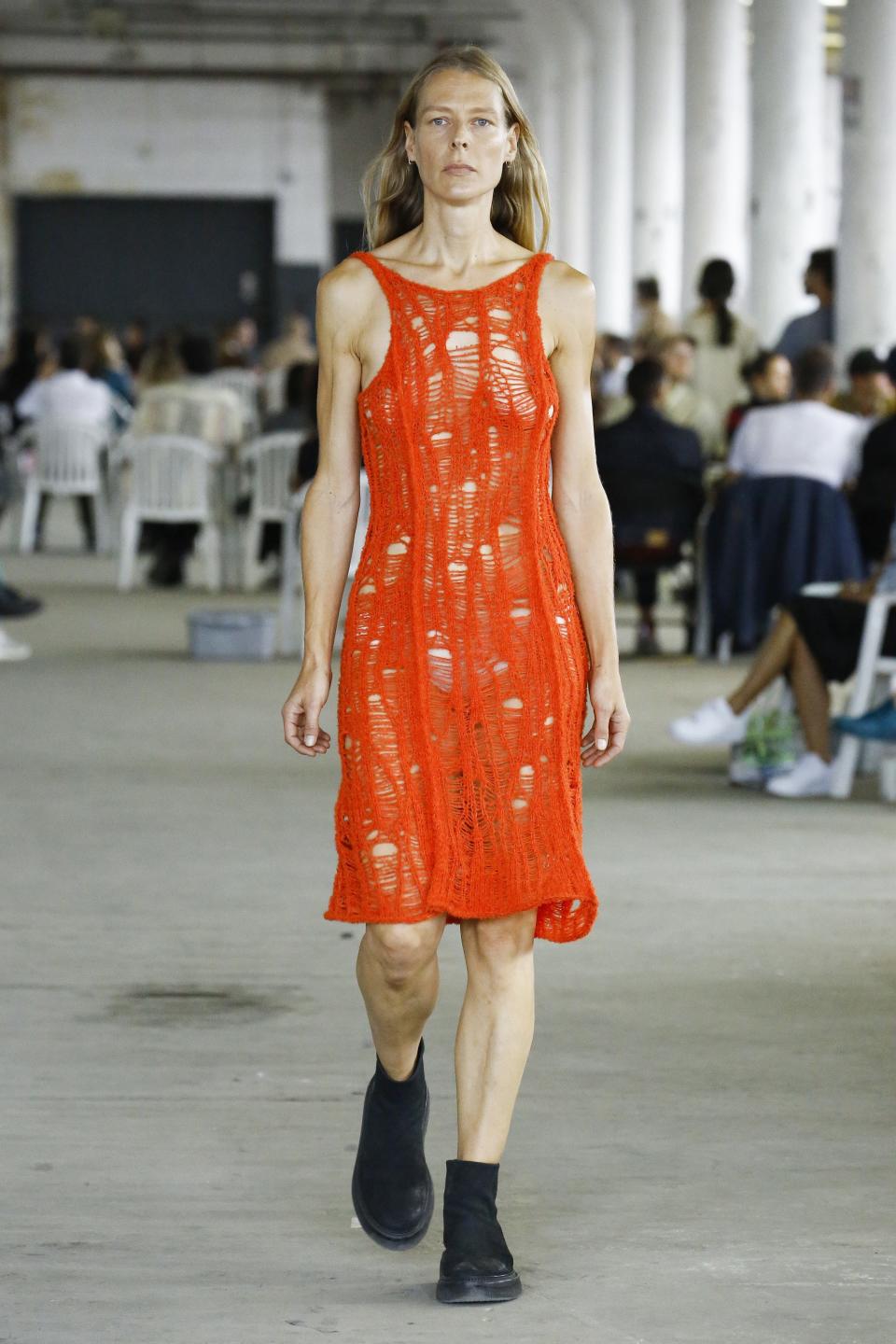
Laura Morgan
Photo: Luca Tombolini / Indigital.tv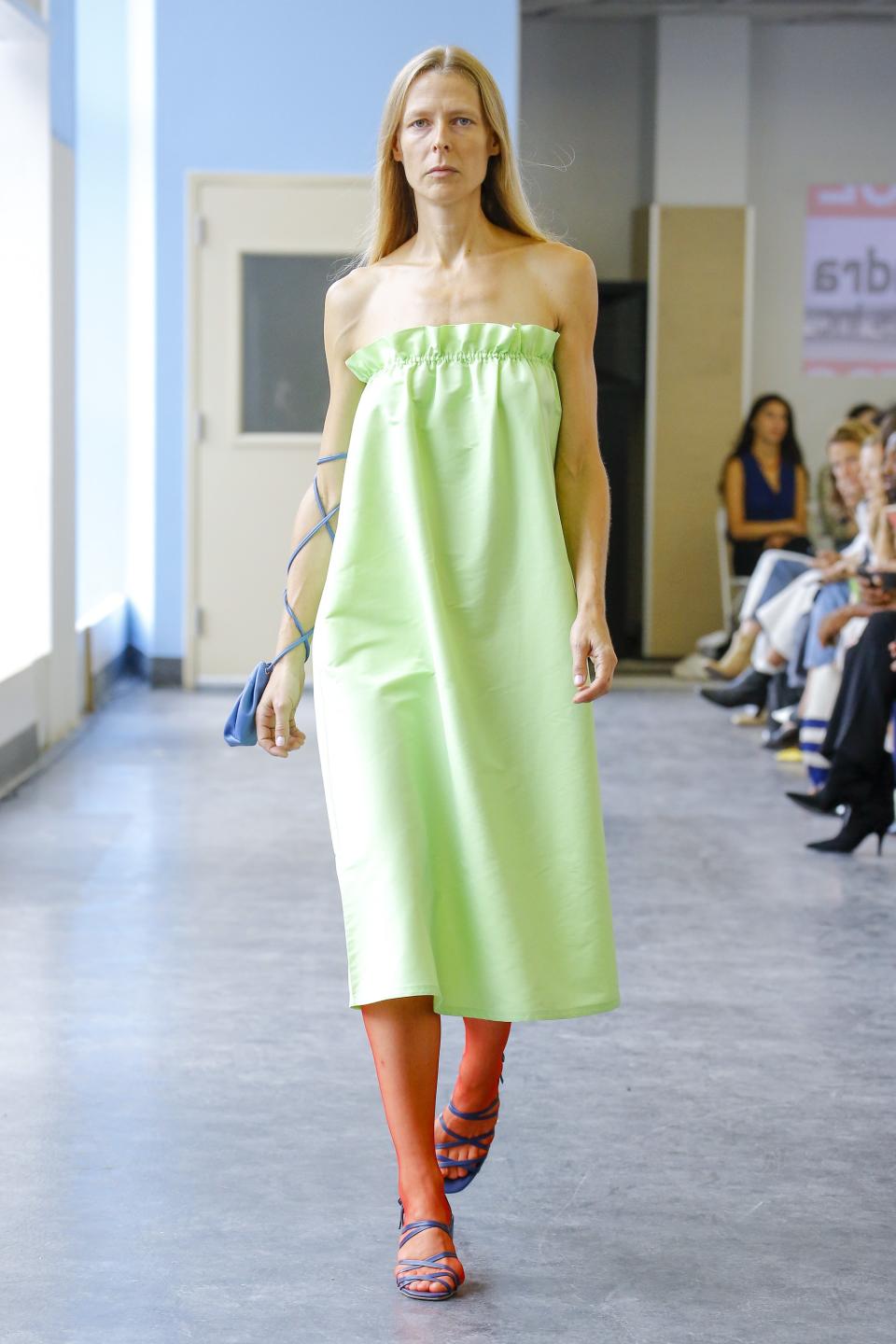
Laura Morgan
Photo: Luca Tombolini / Indigital.tv
Laura Morgan
Photo: Marcus Tondo / Indigital.tv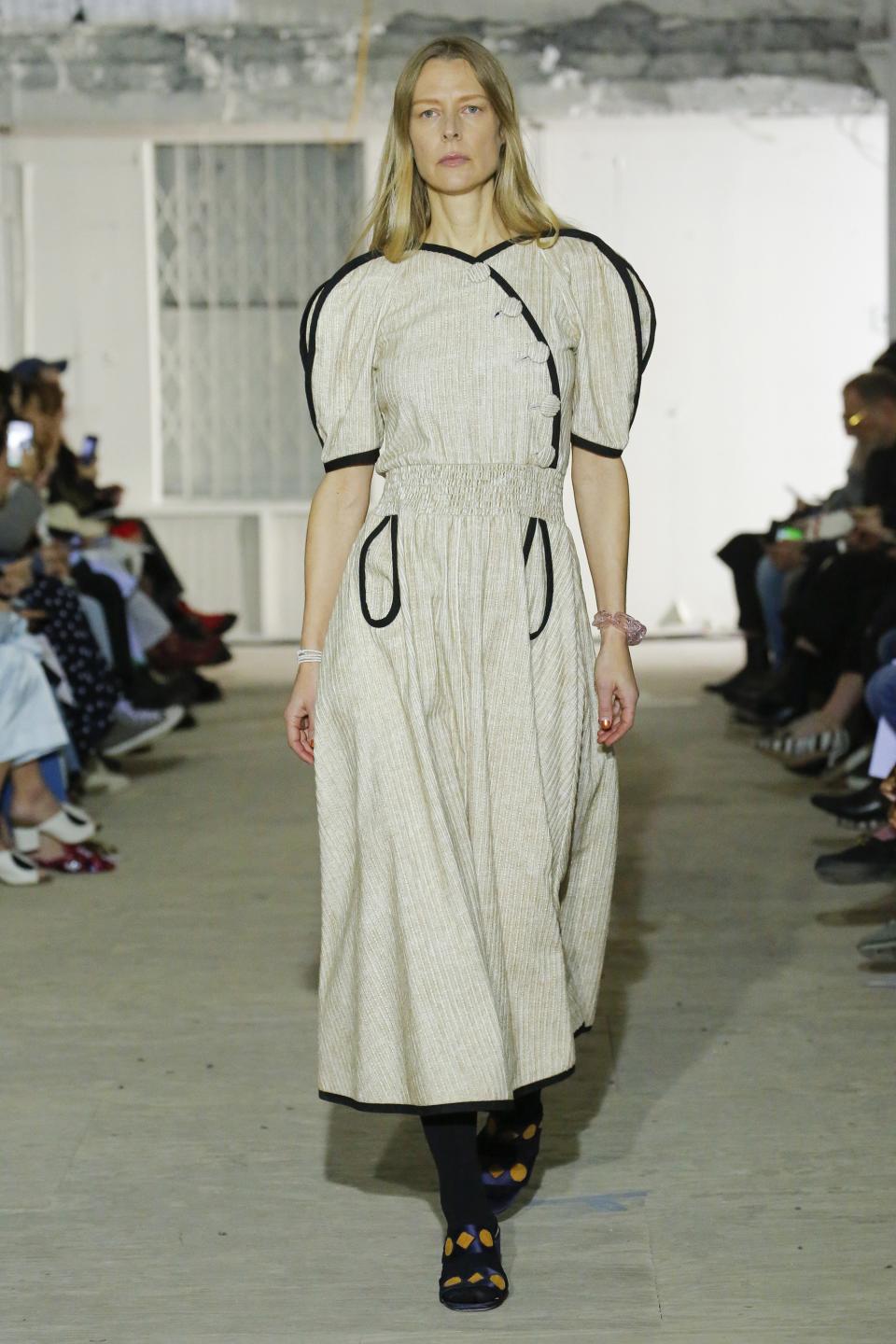
Laura Morgan
Photo: Luca Tombolini / Indigital.tv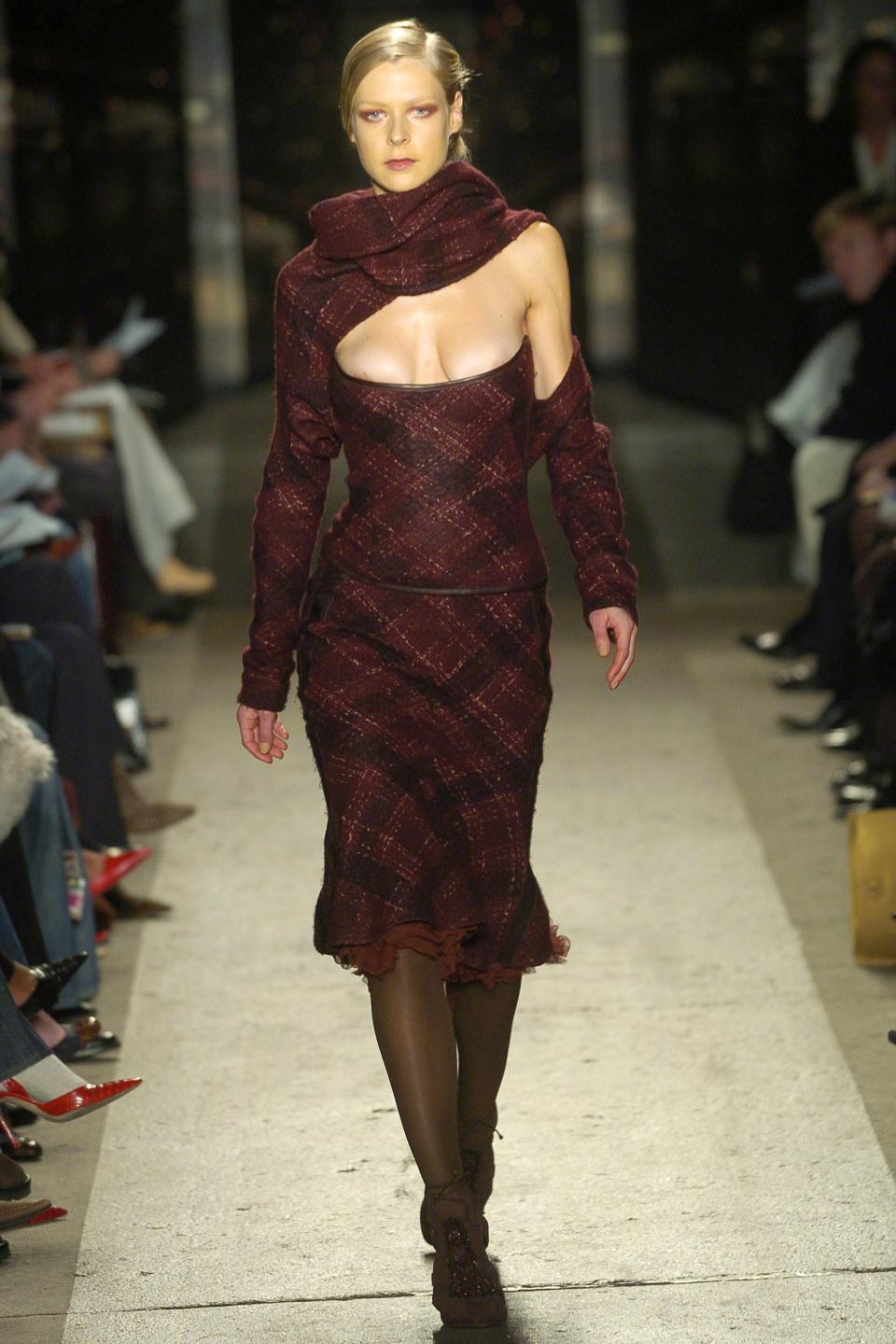
Laura Morgan
Photo: Marcio Madeira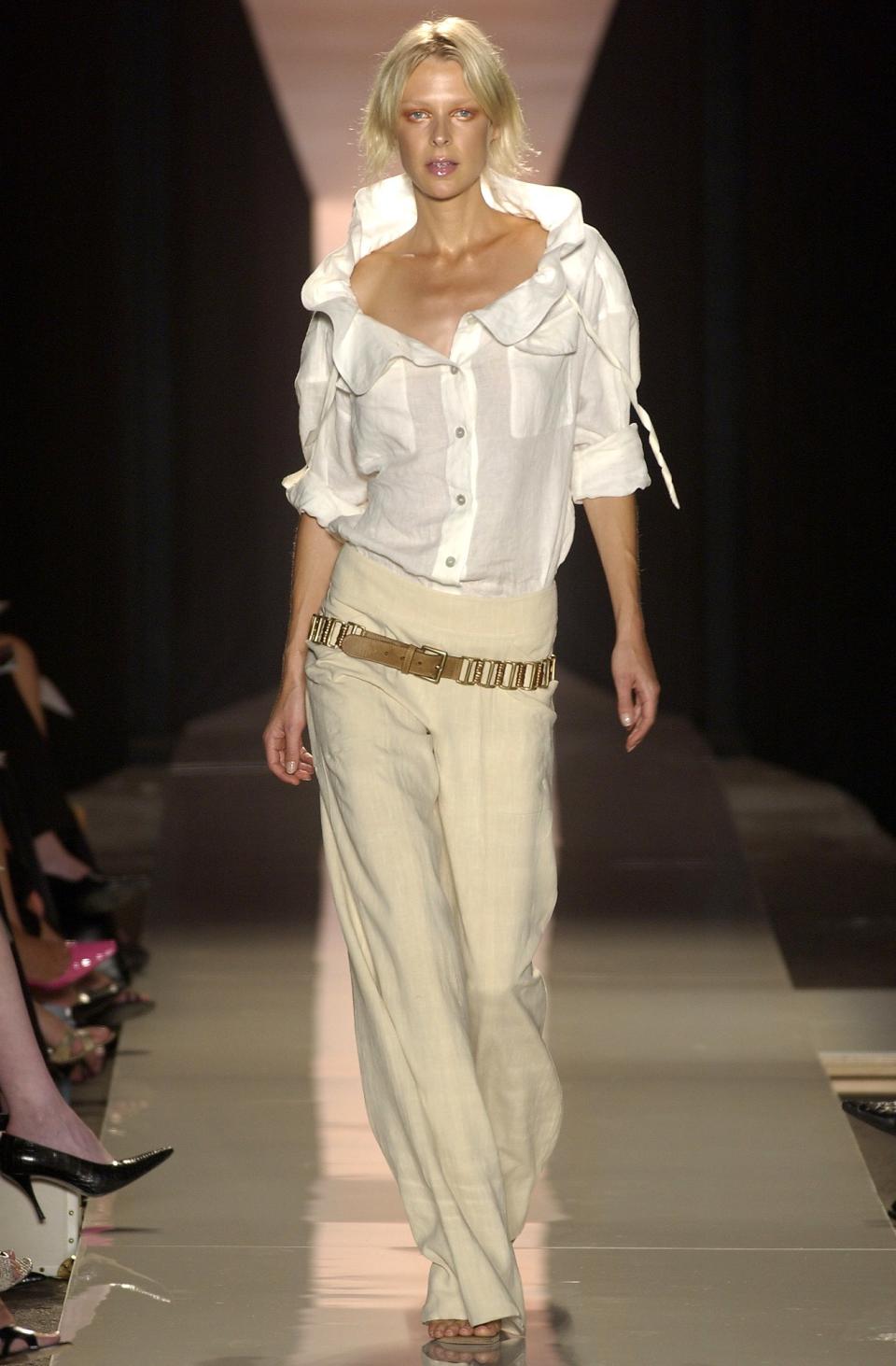
Laura Morgan
Photo: Marcio Madeira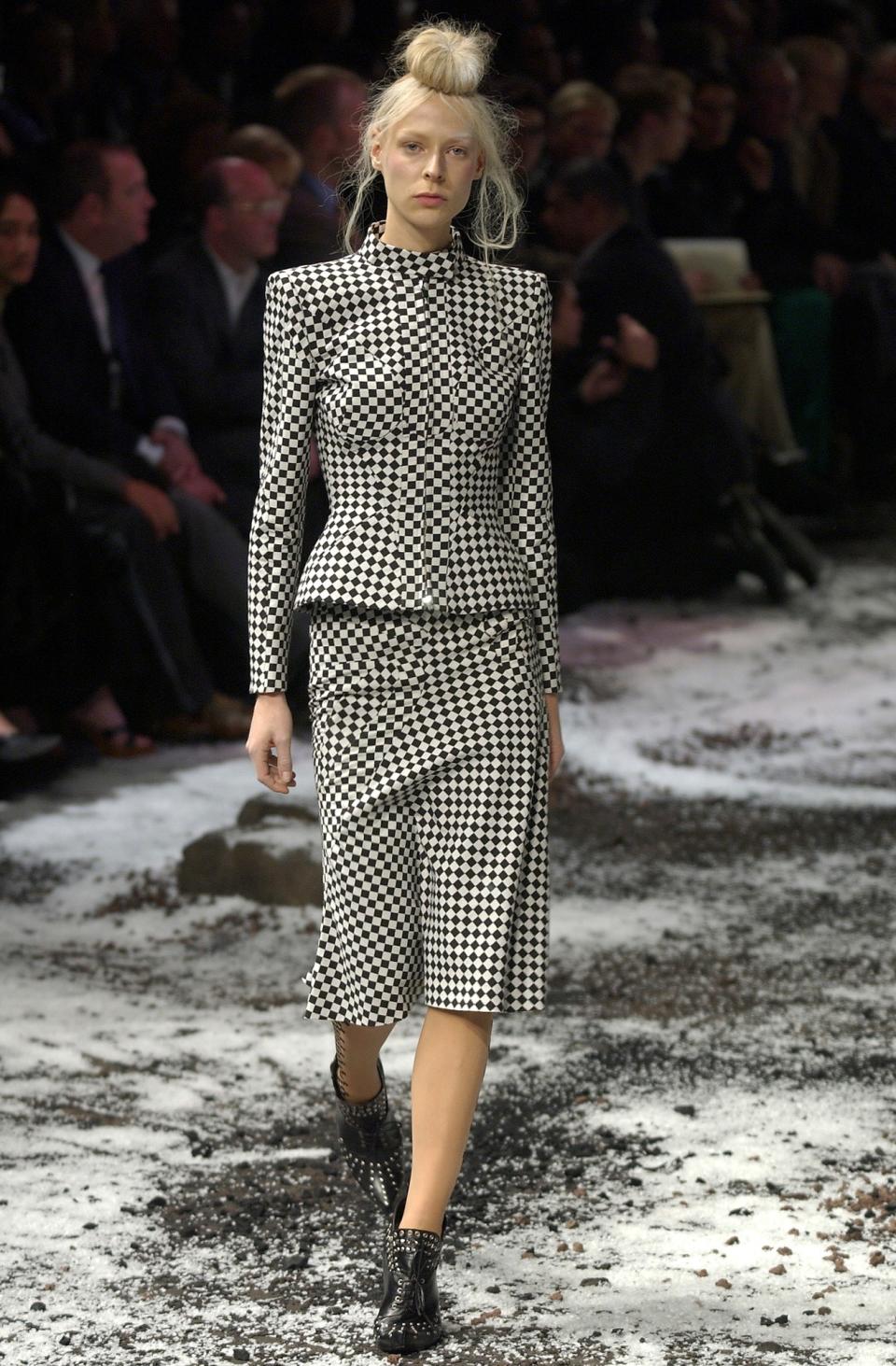
Laura Morgan
Photo: Marcio Madeira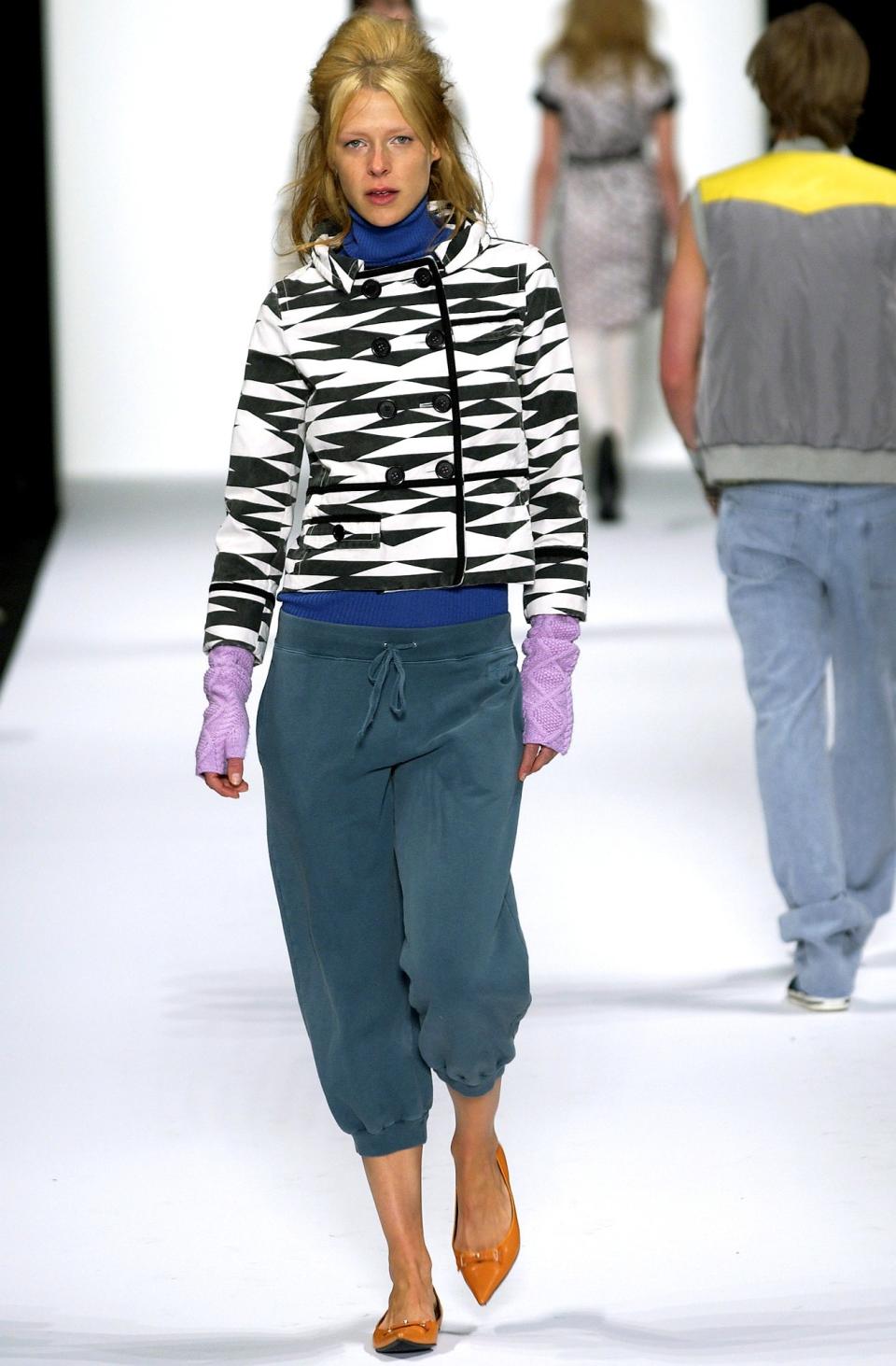
Laura Morgan
Photo: Marcio Madeira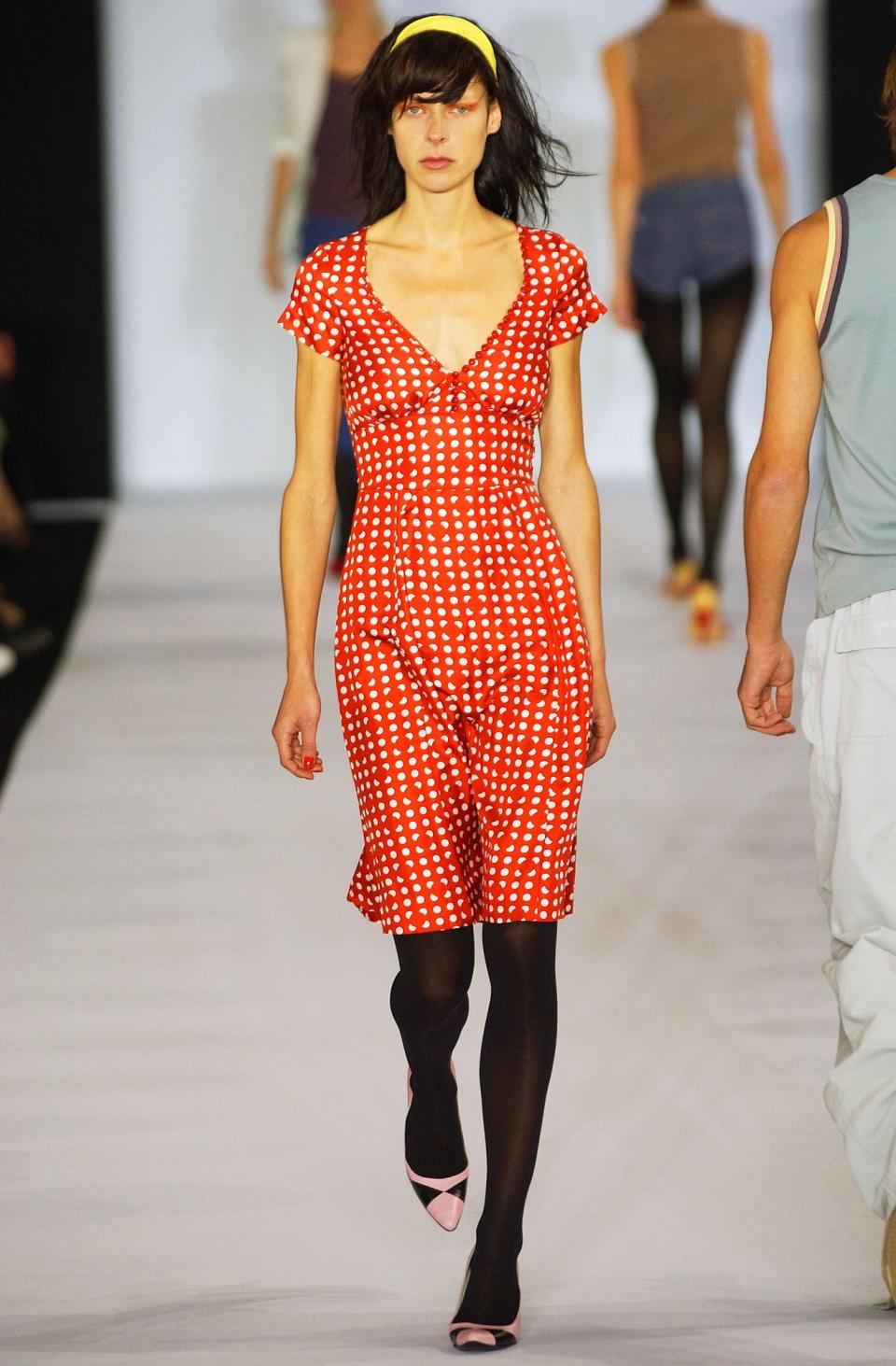
Laura Morgan
Photo: Shoot Digital for Style.com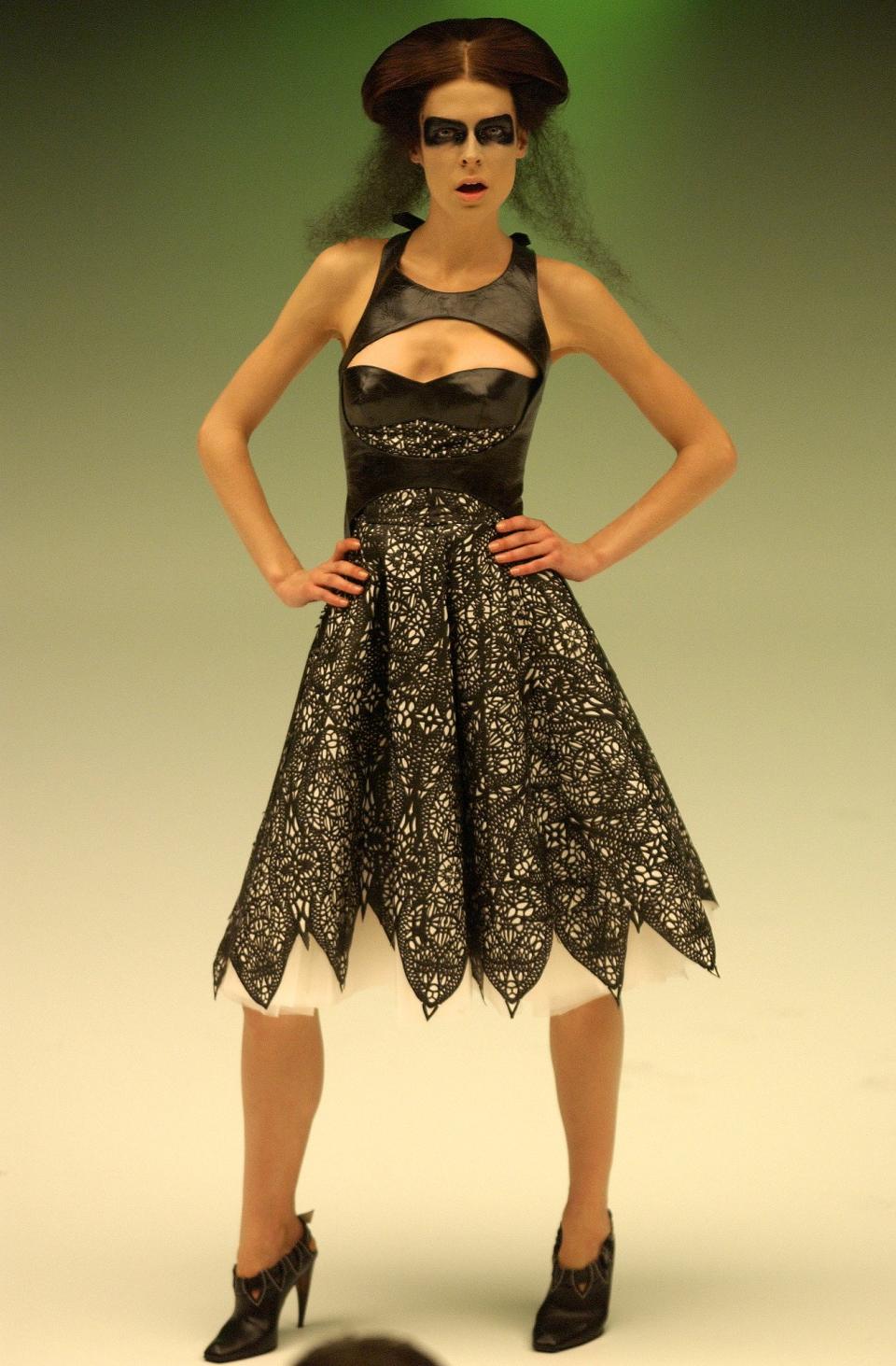
Laura Morgan
Photo: Shoot Digital for Style.com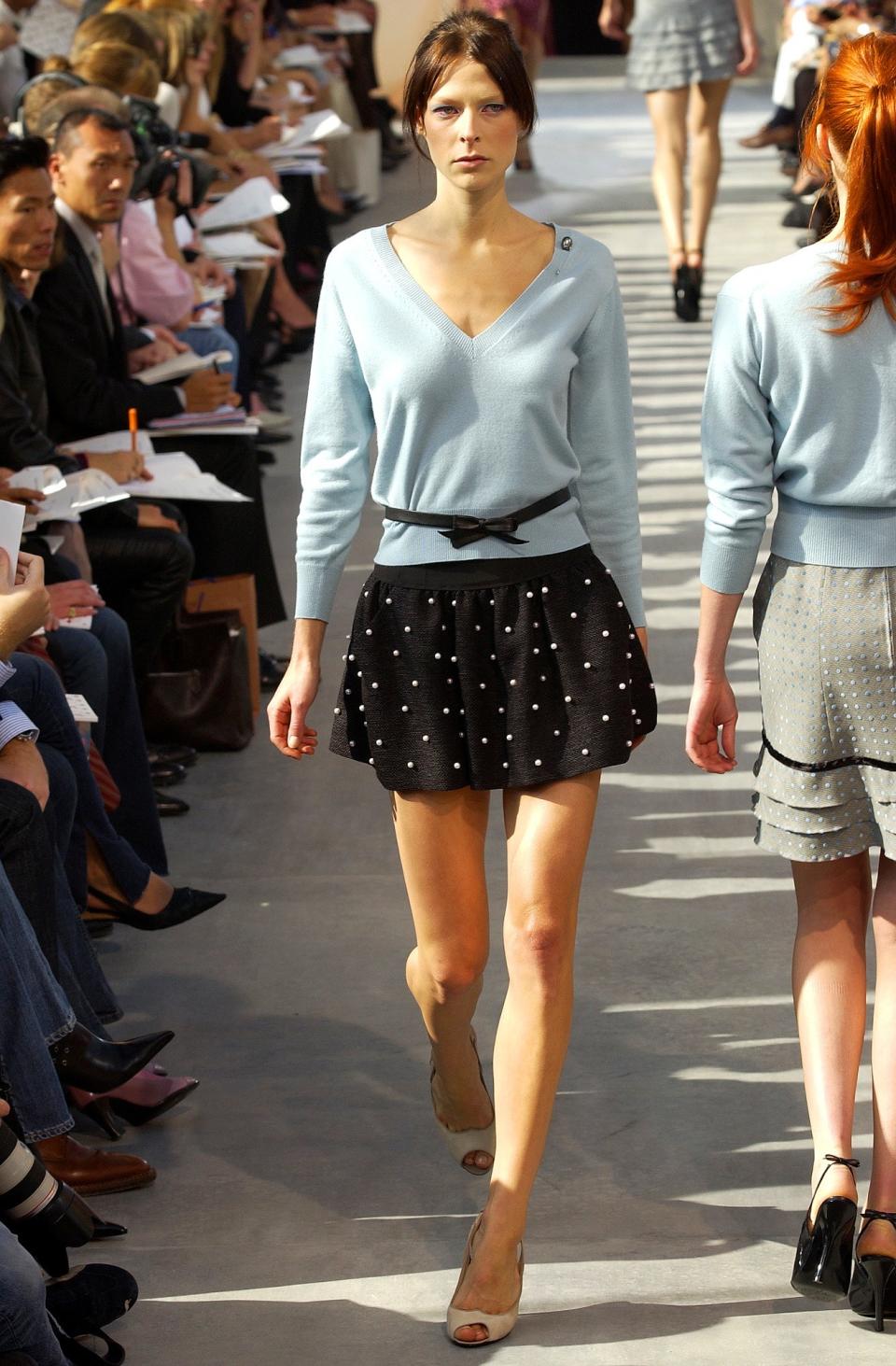
Laura Morgan
Photo: Shoot Digital for Style.com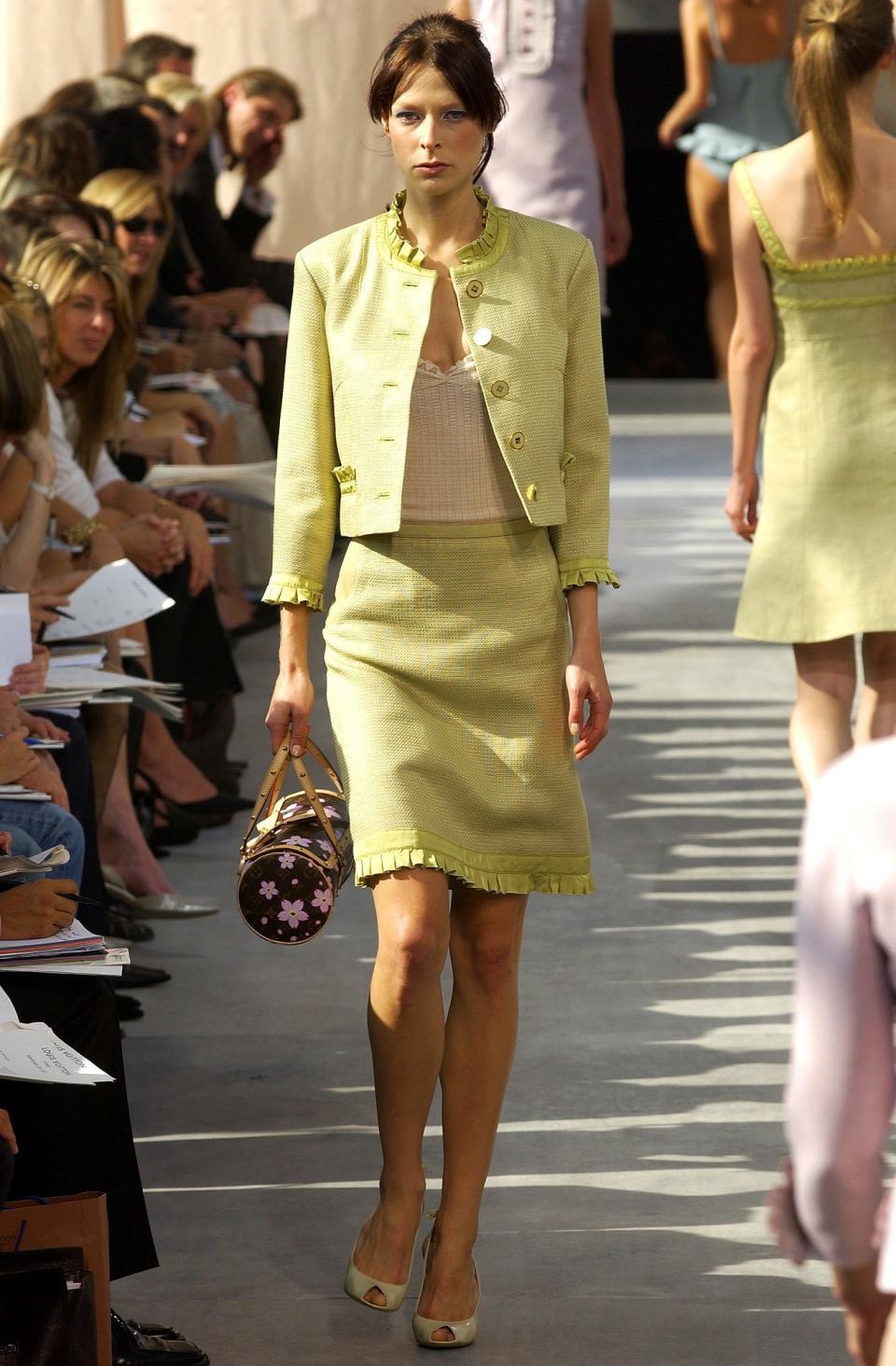
Laura Morgan
Photo: Shoot Digital for Style.com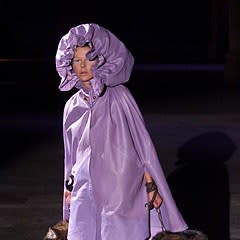
Laura Morgan
Antoine de Parseval/ Shoot Digital for STYLE.com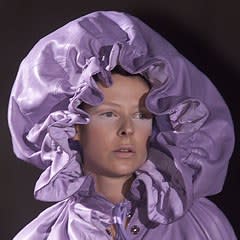
Laura Morgan
Olivier Buhagiar/ Shoot Digital for STYLE.com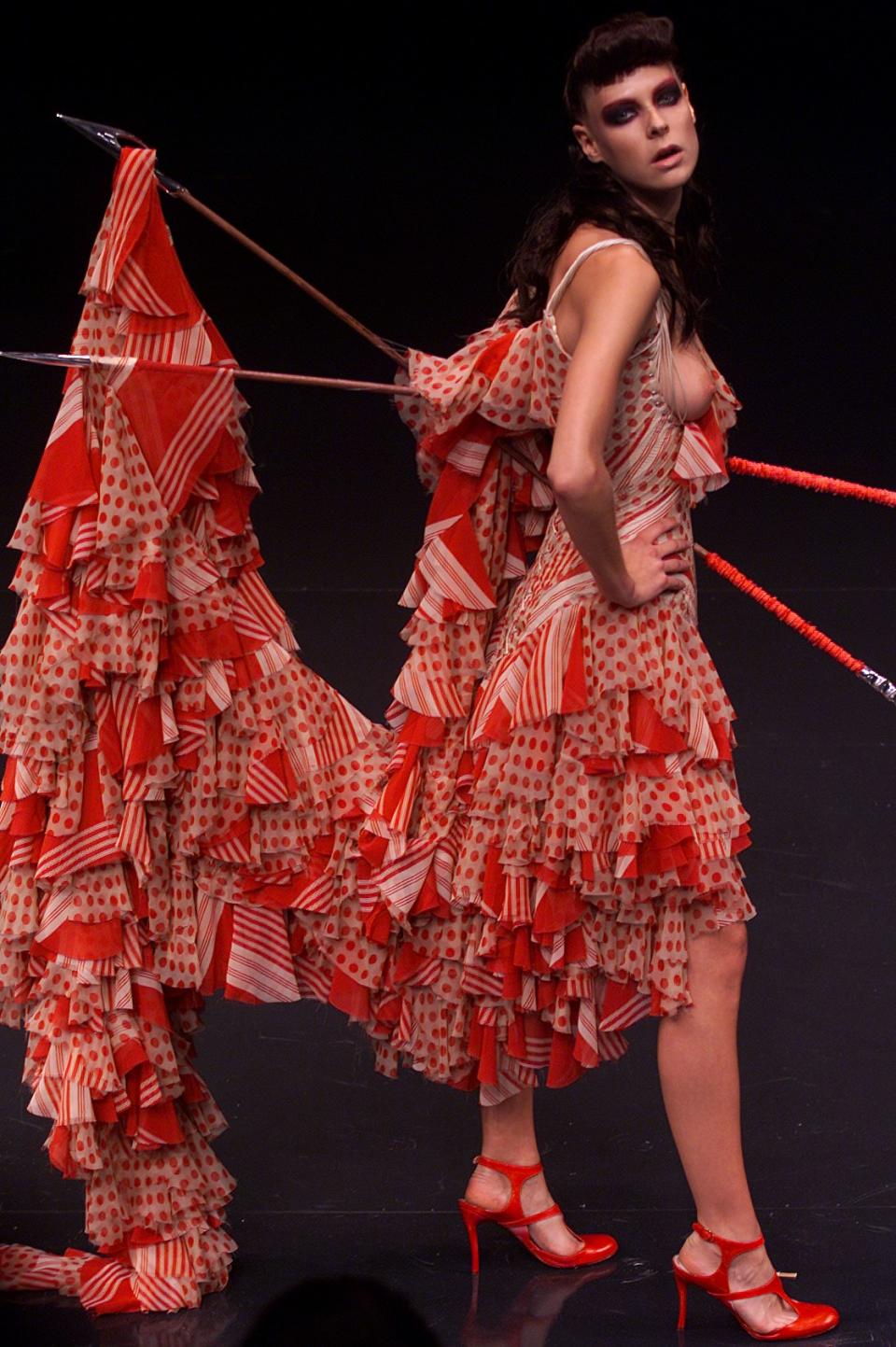
Laura Morgan
Photo: Sylvain Belan / Shoot Digital for Style.com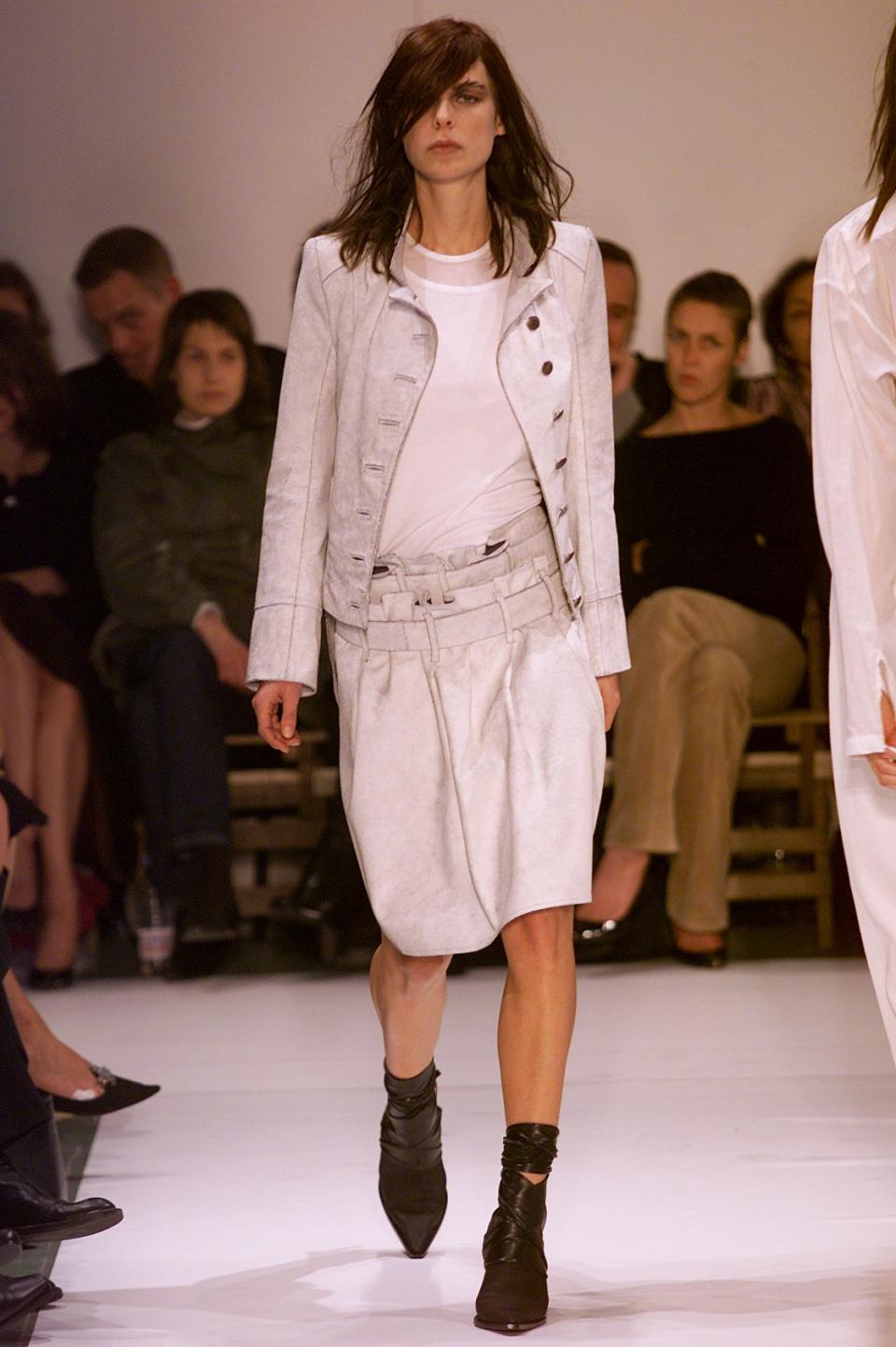
Laura Morgan
Photo: Sylvain Belan / Shoot Digital for Style.com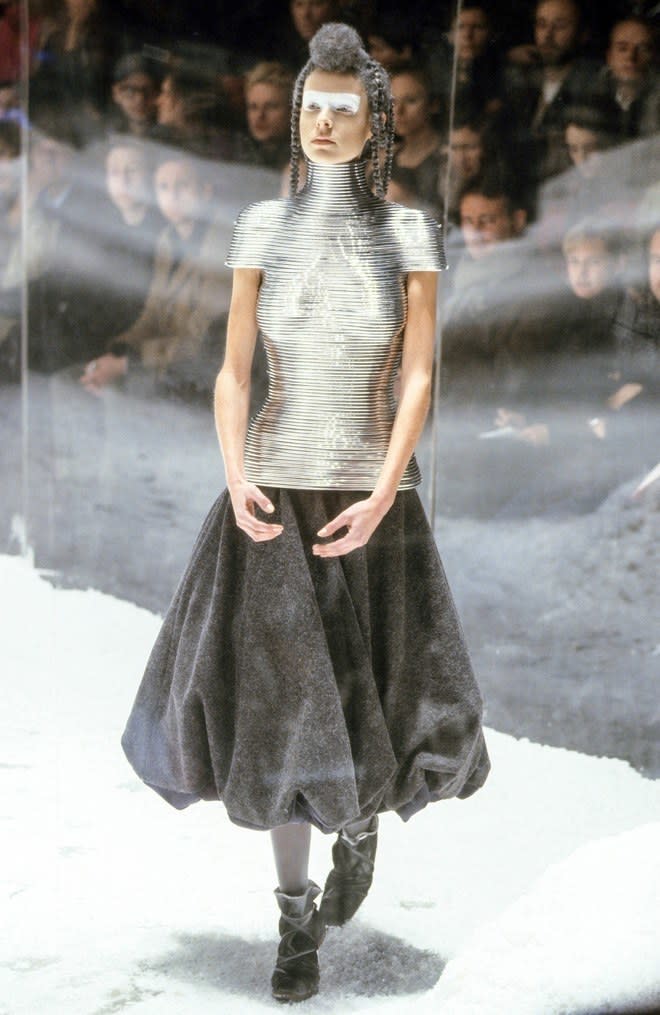
Laura Morgan
Photo: Condé Nast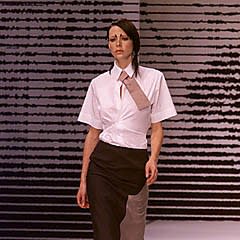
Laura Morgan
Photo: JB Villareal / Shoot Digital for Style.comLooking for a good New Year’s resolution? You might want to consider taking a page out of Laura Morgan’s book: “You create the life you live in. No one will give you what you want. You have to go get it,” says the Irish-born beauty. Though Morgan’s recently made a return to the runway and appeared in Helmut Lang and Phoebe Philo–era Celine campaigns, it doesn’t seem accurate to call her a model-slash; there would be too many slashes, for one thing! Anyway, it’s futile trying to put Morgan into a box, because her creative spirit can’t be contained. “I’m not beholden to one medium,” she says. Morgan works with “photography, moving image, word, music, paint, collage, movement, and house building—all forms that allow an expression.” As you can imagine, her CV is about a mile long.
Discovered while tending bar on a beach in Israel in 1998, Morgan became Alexander McQueen’s in-house model in London. In the 20 years since, she’s made clothes and music, worked alongside stylists—including Arianne Phillips, the longtime collaborator of Madonna—and done costume design on some award-winning video and film projects. These days, she’s restoring an 1800s house in Hudson between bookings. We caught up with Morgan to talk about the ’90s, being fitted for McQueen’s Overlook collection’s coiled corset (which sold for more than $800,000 in 2017), and more.
You’ve signed with Midland in January and have been modeling again. How does it feel?
I feel very lucky and very grateful that I am being booked for who I am.
What was the impetus to return to modeling?
I completely stopped in 2006 [and] I was brought back into the fold when prepping Kingsman: [The Golden Circle] in L.A. My friend George, who reps the super-talented Talia Chetrit and Jodie Barnes, invited me to join them all at a rodeo in Fort Worth, Texas. I was on a plane the next day. They were shooting looks on locals for Double magazine, and I ended up being in some of the shots. From that shoot we got the Celine campaign, and then booked [one for] Helmut Lang. George said, “You might as well see if you can get more jobs modeling,” so I put myself out there and that’s how I am here now. Modeling is not my main focus. It is a fun sideline that is helping to support me finish my home, art projects. Midland is amazing and gives me the control to decide what shoots I do and don’t want to do.

How has the industry changed since the late 1990s?
The creatives used to have much more freedom. They could shoot what they wanted with the story in mind rather than being forced to shoot something that they are told to. [And] fashion shows used to be shows; there would be the runway pieces that mostly were unwearable in everyday life, but they were the showstoppers—the place where the designer could pull out all the stops and take the audience into another world. Lee [McQueen] was the master at this. Online is a tough one as well. Apparently, the aim is to get as many clicks as possible, which means the first image/headline is all the company thinks about and the actual content has very little concern to them. It’s a damn shame that again our creative spirits are being repressed by money and commerce. I look forward to when this trend shifts and we the people are allowed to share our voices again to inspire others and to explore our own individuality.
Fashion is fascinated with all things ’90s. You experienced it on the street, as it were. What was East London like then?
It was a lot of fun and felt pretty lawless: empty buildings, rundown streets, local businesses, old-man pubs, cheap rent. [There was] a great community of families who had lived there for a long time and people like me—artists, broke, antiestablishment, and hugely explorative. My friends and I would put on illegal parties in the empty warehouses. We felt we owned the streets. There was a real sense of freedom, of being allowed to express yourself and not be shut down.
Why did you feel it was important to document it?
It wasn’t so much the place; it was more the times and the people I was with. We got up to so much mischief that I wanted to share it with people who didn’t have access to the types of lives we led. I was very antiestablishment and hated the system that had failed me. I wanted to film the action of the two-finger salute. We were outside the box and creating all the time—misfits and outcasts using what we could. I felt that what we were doing was really important, even if most of society felt it wasn’t. I was into the Situationist and Dadaist artist movements, which believe that life is art. Documenting what we were doing was creating our place on earth. This was before social media was even a twinkle in someone’s eye. Filming all the mental things we got up to and created and expressed seemed to make our existences worthwhile when we often felt we weren’t. Every night we’d end up in some random scenario, or make up a short, write a piece of music, draw on someone/something. I felt what we were creating was amazing and no one was seeing it. So as with most of my achievements, I decided to create what I wanted myself and not expect someone else to come along and do it for me.
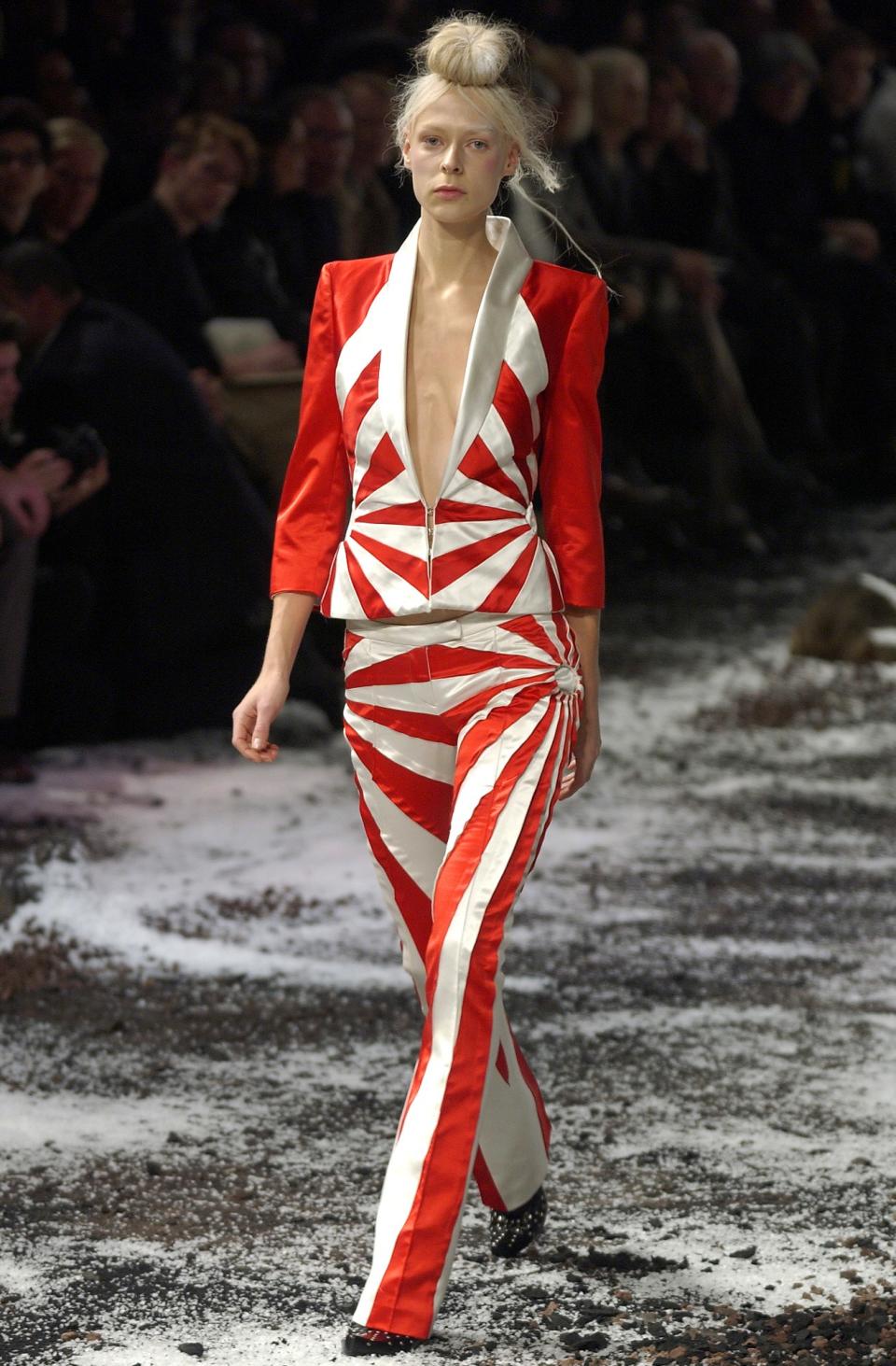
Laura Morgan
How did you come to work with Lee, and how did you collaborate?
My agency sent me on a casting to their Rivington Street studio. It was one of my first in London and honestly, I had no idea who Alexander McQueen was. I had to put on the most awkward heels and walk across a wobbly wooden floor. The woman doing the casting, Sidone, said something like, “You’re amazing. We just need to work on your walk.” I don’t know how I ended up becoming [the] in-house model. I worked with them on every collection from the initial concept through to the full realization, sometimes even through to sales. Every piece of the collection was fitted on my body. I would tell them what did and didn’t fit and how I felt it needed to be adjusted. I would share my opinion on what I thought worked and suggest other possible options. We were all very much a team and hugely collaborative. It was fantastic to start the season looking at the inspiration board, which held fabric swatches, paintings, poems, photos. One time, it had a dead bird pinned to it. I knew that we were producing amazing work. Lee was one of the most creative people I have ever had the pleasure of working with. His passion, talent, and imagination blew my mind. He was fearless in his creations.

What was it like being fit for the spiral corset for the Overlook collection?
The first thing we did was make a plaster mold of my entire body, which entailed me being covered in Plaster of Paris and standing for hours until it set. It shrinks and gets incredibly hot when it dries. We had to do my bum and legs twice; the first, time we tried to do both the front and back at the same time, which meant I couldn’t sit down. After an hour of standing, I fainted and crushed the entire piece. We didn’t do that again.
Once they had the plaster mold, they created plastic and wooden ones that were then used to build clothes and sculptures on. My body has been worn by many models in shows and editorials. Shaun Leane was the artist who made the Overlook corset. He is a legend in so many ways and I love him dearly. We fitted the corset in stages as what worked on the solid form did not necessarily work on flesh, and, plus, unlike the headless plastic mold, I needed to be able to breathe. If my memory serves, we had five fittings for that piece. Shaun molded every piece of wire to fit me perfectly, adjusting it, matching up the lines, and then using the tiniest screws in the world to fasten me in.
Back to your story, you moved to New York around 2001?
[In 2001] I needed a change of direction in my life: new air, new ideas, new blood. I arrived in New York two months after September 11, so my introduction was influenced by that terrible tragedy. There were American flags in almost every window, flying off motorbikes, cars. When I moved there full time in 2002, New York was much more of a policed state than London. It wasn’t as free or accommodating, though it did have that “go on, shoot for the moon!” air, which is what hooked me.
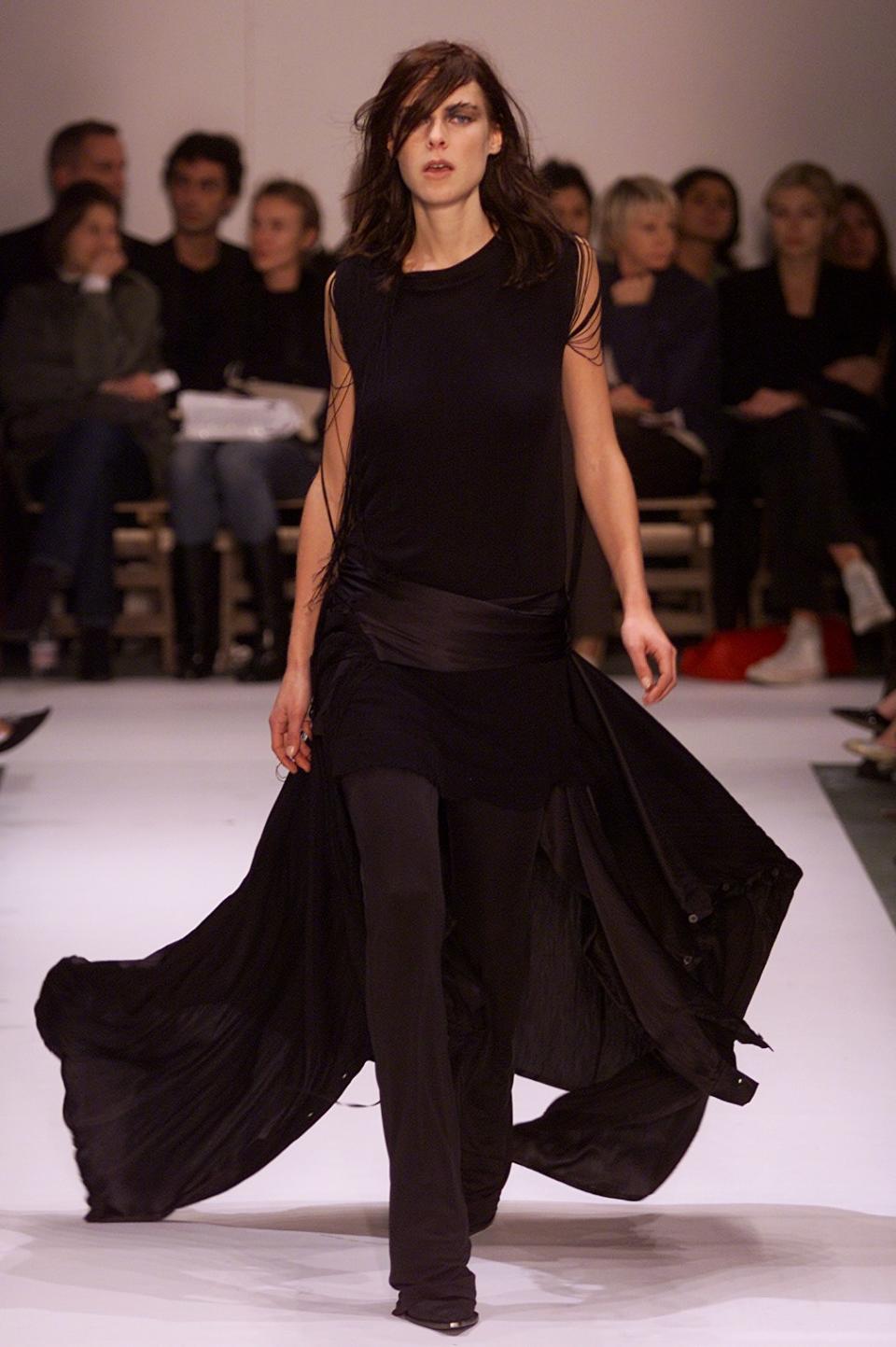
And then you started designing clothes and making music?
[I did, for] two reasons: I couldn’t find clothes that I wanted to wear, and I was broke. So, if you can’t have it or find it, then create it for yourself. I didn’t call [the line] anything. I couldn’t afford name tags. My “band” had different incarnations. I worked with people who produced differing styles of music: trip hop/electro/folk. One of my favorite collaborations was with Jason Snell. We would squeeze into his studio in the East Village, which was his bedroom. Jason would lay down beats, I would write the lyrics and sing, and then we would work together on making them all mix well. It was a really wonderful time in my life.
You returned to England to study in 2006: What? Where? Why?
I had hit a wall with modeling. I was bored out of my mind and heading into a deep depression, which I know now is because I was not creating my own artwork. I went back to London to regroup. I looked at what I loved in my life: film, music, and design. I spent two months that summer doing short courses at [Central] Saint Martins, studying fashion design, draping, and pattern cutting, and discovered how much I had absorbed by working with Lee and other designers when I was modeling. I studied film at LFI and studied music programming at a college I can’t remember the name of! From this I decided to focus on fashion. I flew back to New York and began assisting Patti Wilson.
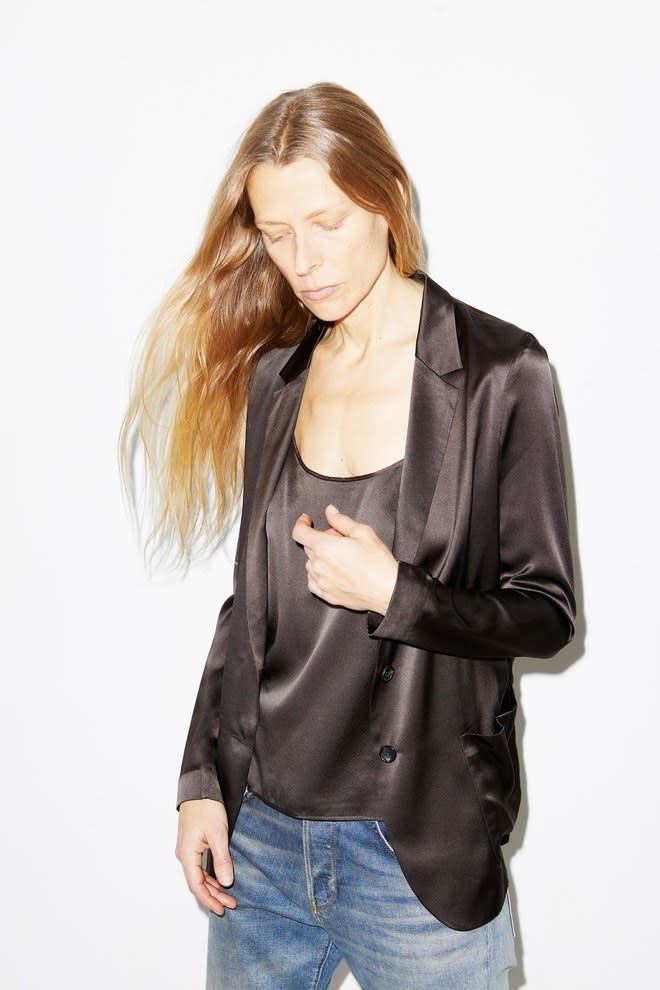
Laura Morgan
How did you then connect with Madonna?
I was introduced to the stylist/costume designer Arianne Phillips, and she asked me to join her as assistant designer for the Sticky and Sweet tour. I continued to work with Arianne for eight years, [during which we produced] countless shoots, videos, a movie, and three more tours with Madonna.
Tell me about some other projects.
I styled and costume designed the Justin Timberlake “Mirrors” video with the amazingly talented Floria Sigismondi directing. The video spanned four different time periods with multiple concepts and cast members and I had two days to pull it all together. It won [the 2013] MTV Video of the Year award. I was the assistant designer on the film W.E., which won the Costume Designers Guild award for Best Period Costume Design and an Oscar nomination for Best Costume Design.
Is there anything I’ve missed?
You create the life you live in. No one will give you what you want. You have to go get it. It’s not easy; a lot of the time it burns. Don’t give up. The effort is worth it. Take care of and be kind to yourself, others, and the planet. Humor is the source of a healthy life.
This interview has been edited and condensed.
